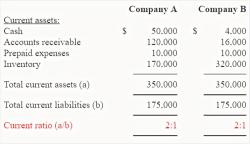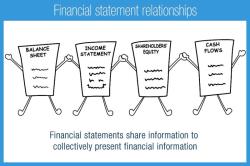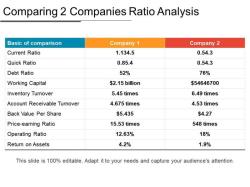What are basic financial terms?
Basic financial terms are essential concepts and terms used in the field of finance to describe various aspects of financial management, investment, and economic transactions. Understanding these terms is fundamental for making informed financial decisions and managing personal or business finances. Here are some basic financial terms:
Asset: Something of value that an individual, business, or organization owns or controls, which can be used to generate income or provide future benefits. Examples include cash, real estate, stocks, and bonds.
Liability: A financial obligation or debt that an individual or entity owes to another party. Liabilities can include loans, mortgages, credit card debt, and unpaid bills.
Income: Money earned or received, often as a result of employment, investments, or business activities. Income can be in the form of wages, salaries, dividends, interest, or rental income.
Expense: The cost incurred by an individual or business when purchasing goods or services. Common expenses include rent, utilities, groceries, and transportation costs.
Budget: A financial plan that outlines income and expenses, helping individuals or organizations manage their money effectively and allocate resources to meet financial goals.
Savings: Money set aside or saved for future needs or emergencies. It can be held in savings accounts, certificates of deposit (CDs), or investment accounts.
Investment: The purchase of assets (e.g., stocks, bonds, real estate) with the expectation of earning a return or profit over time.
Interest: The cost of borrowing money (e.g., on loans or credit cards) or the earnings generated from saving or investing money. Interest is typically expressed as a percentage.
Principal: The original amount of money borrowed or invested, before interest or other charges are added.
Credit Score: A numerical representation of an individual's creditworthiness, based on their credit history and financial behavior. Lenders use credit scores to assess the risk of lending to a borrower.
Portfolio: A collection of investments held by an individual or entity, which may include stocks, bonds, mutual funds, and other assets.
Dividend: A payment made by a corporation to its shareholders as a share of the company's profits. Dividends are often paid in cash or additional shares of stock.
Risk: The potential for financial loss or uncertainty associated with an investment or financial decision. Risk can vary depending on the type of investment and market conditions.
Inflation: The increase in the general price level of goods and services over time, reducing the purchasing power of money. Inflation erodes the value of savings and investments.
Tax: A mandatory financial charge imposed by a government on individuals or businesses to fund public services and government functions. Taxes can include income tax, sales tax, and property tax.
Capital: Money used to start or grow a business, invest in assets, or fund other financial activities. It can also refer to the value of assets a business owns.
Amortization: The process of gradually paying off a debt, such as a mortgage or loan, through regular payments that include both principal and interest.
These are some of the fundamental financial terms that individuals encounter when managing their personal finances or engaging in financial activities. Developing a solid understanding of these terms is crucial for making sound financial decisions and achieving financial goals.













